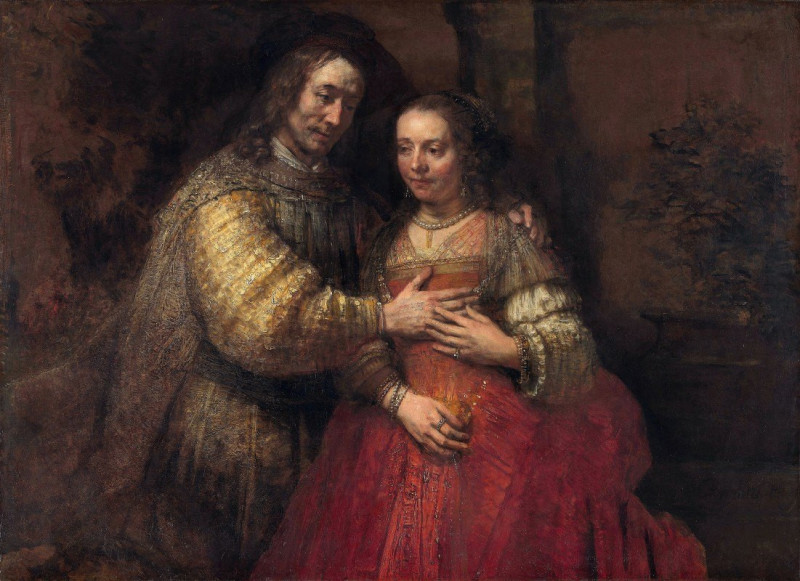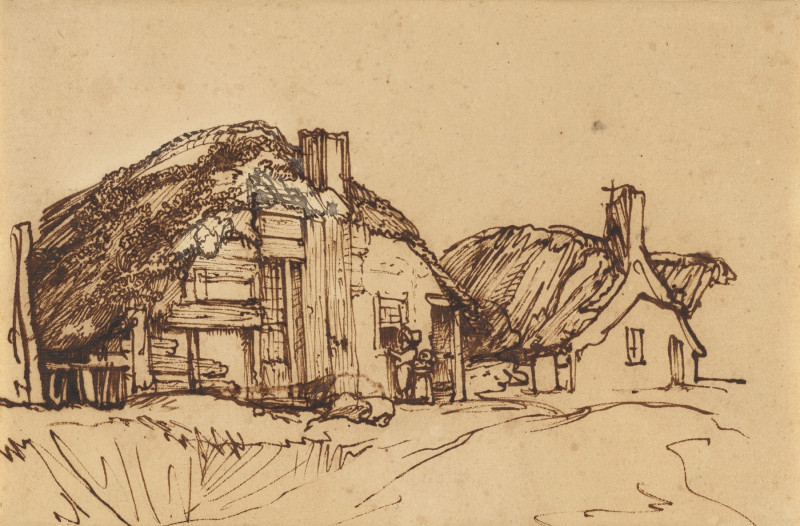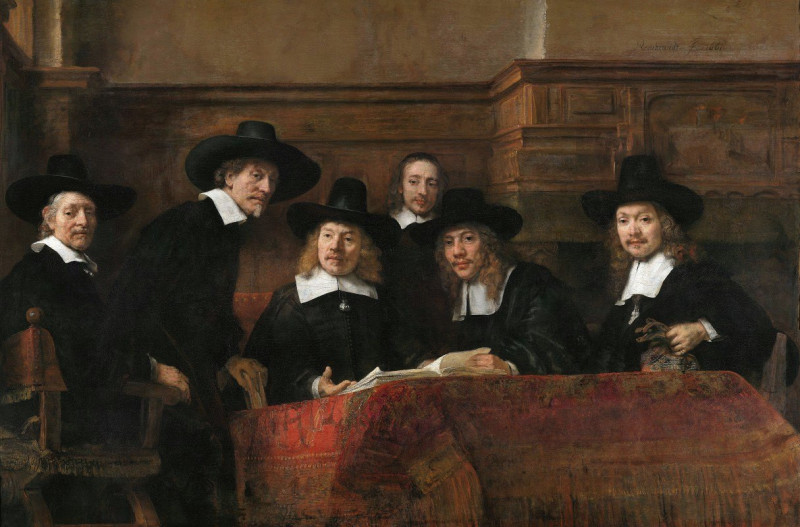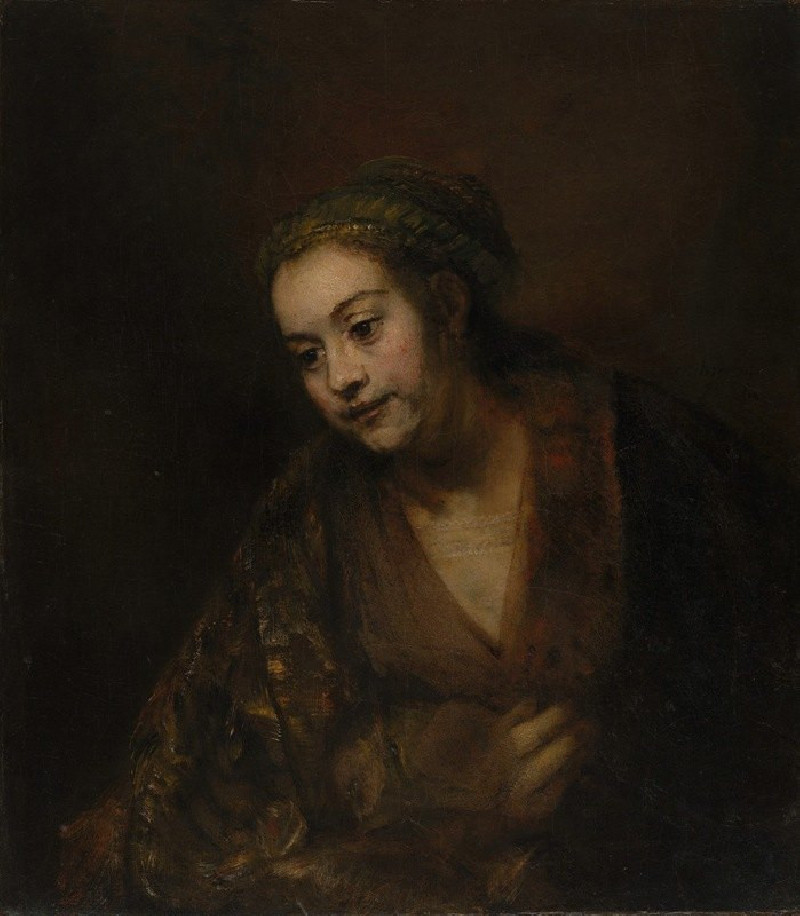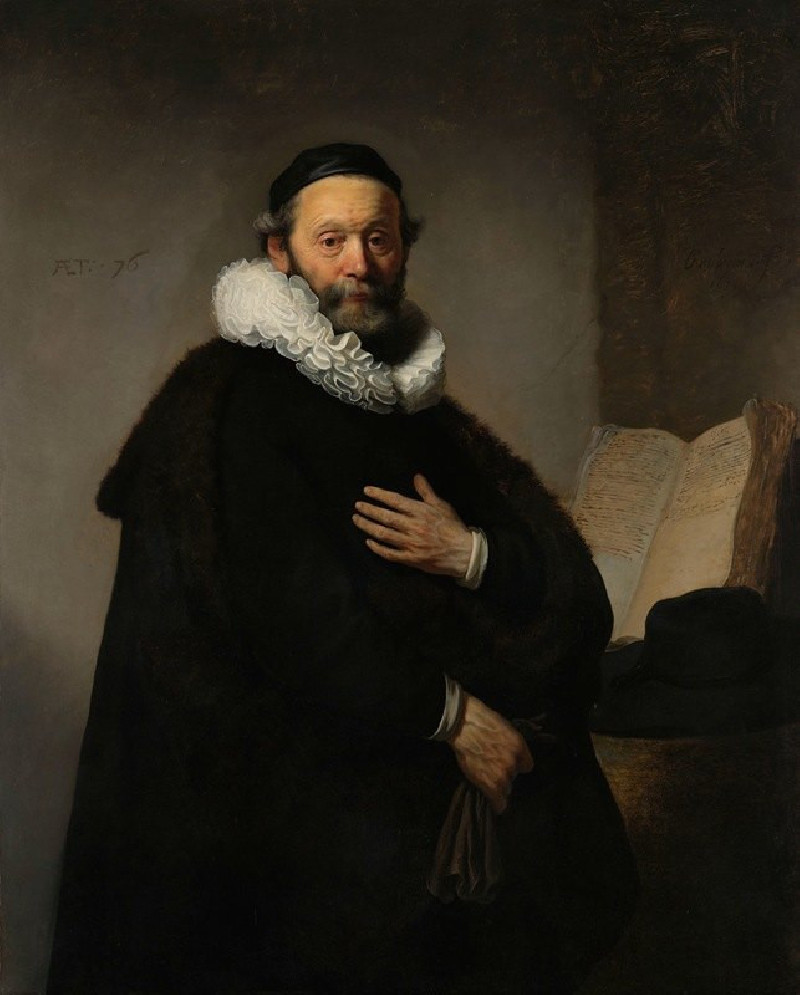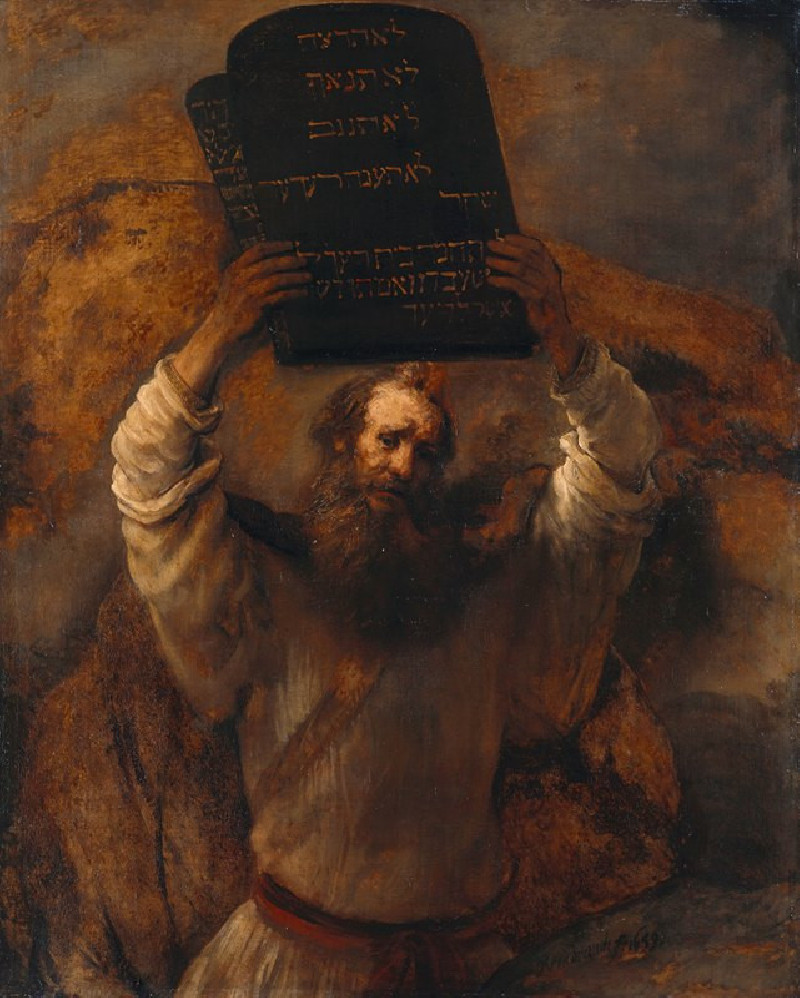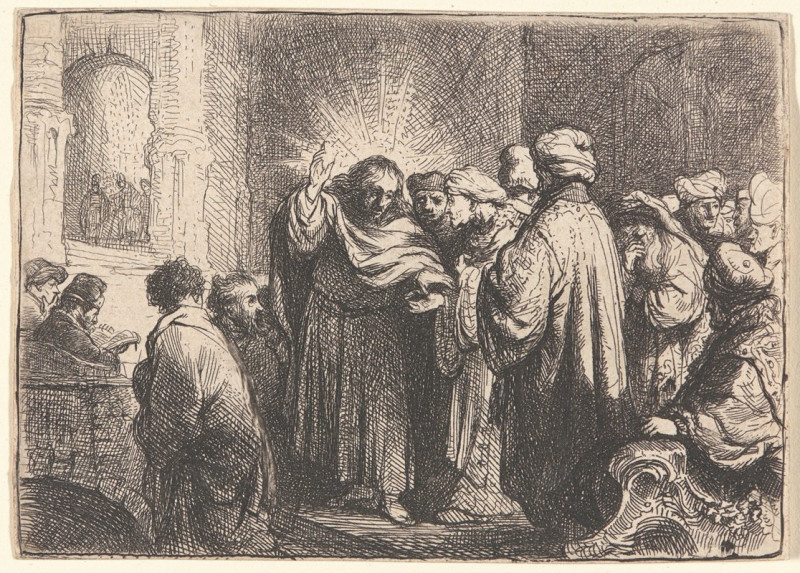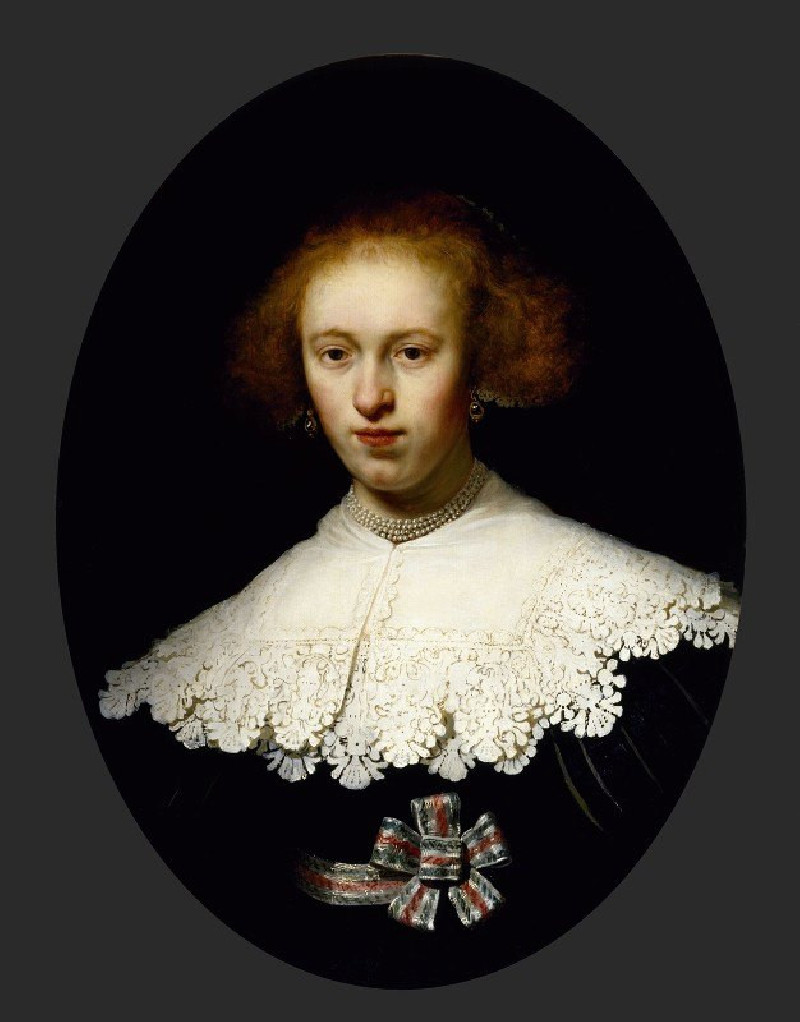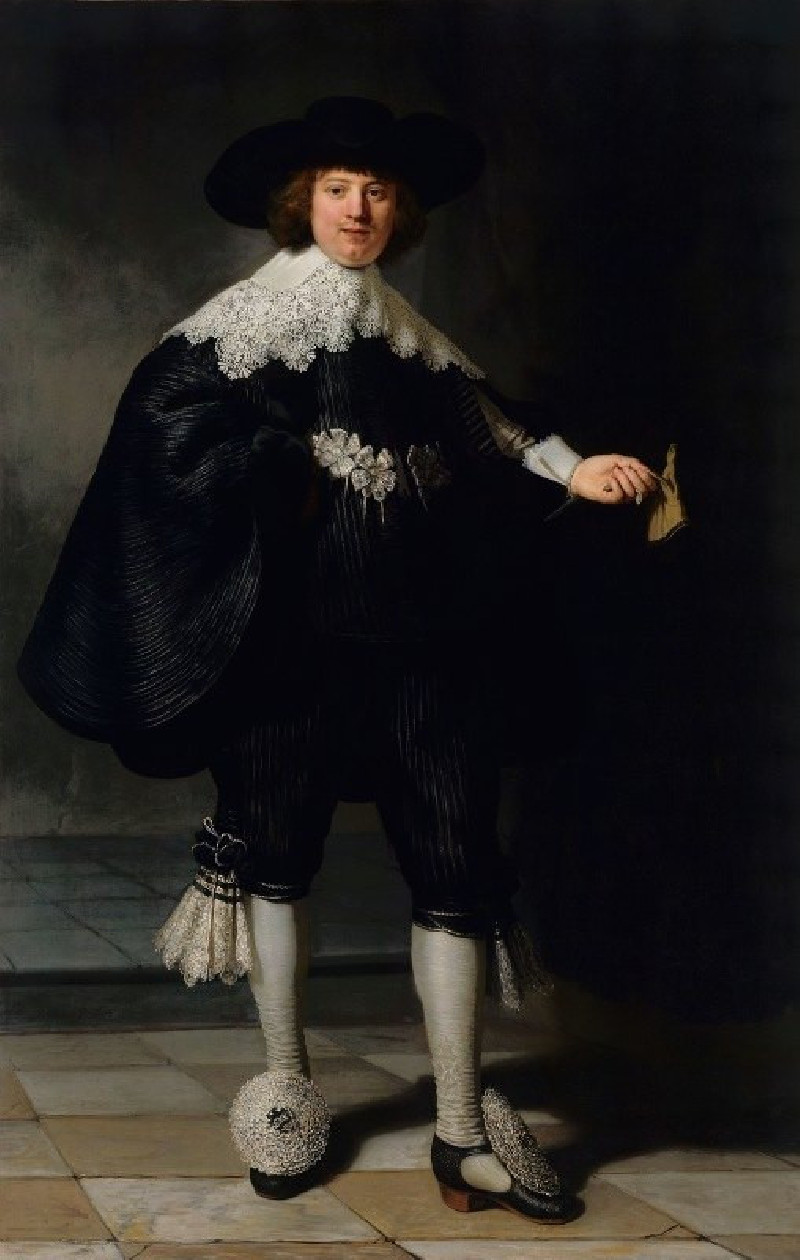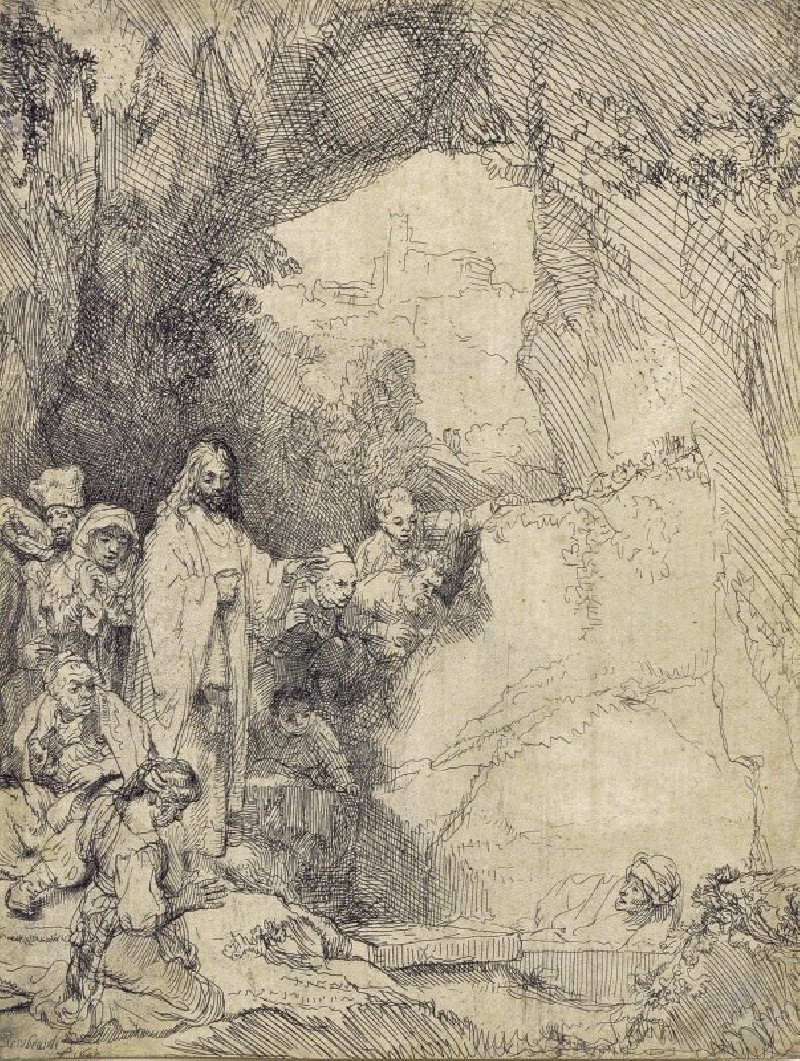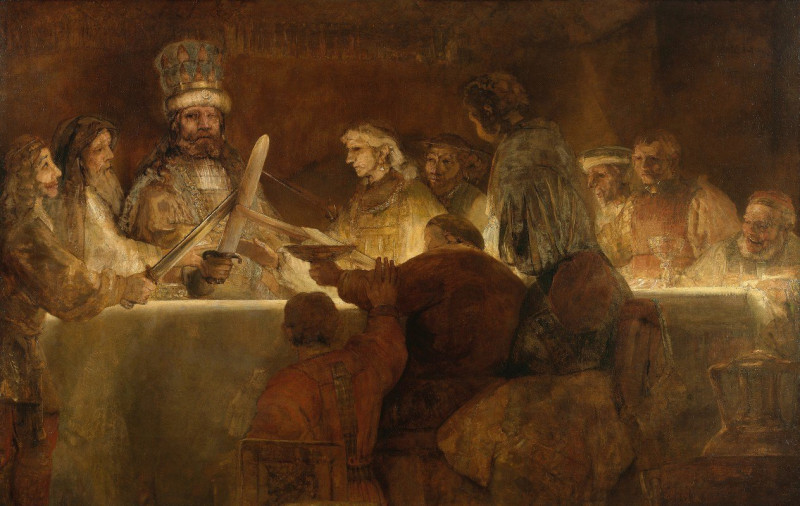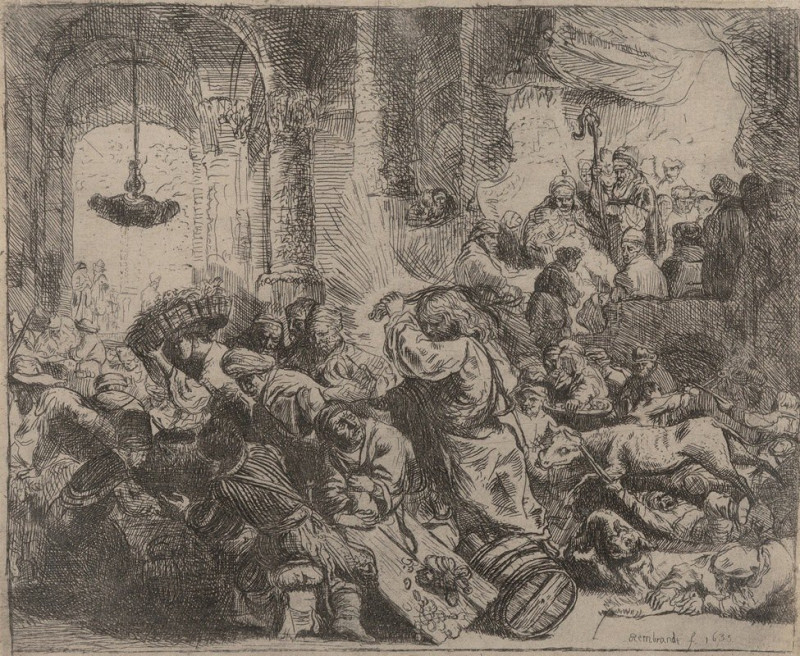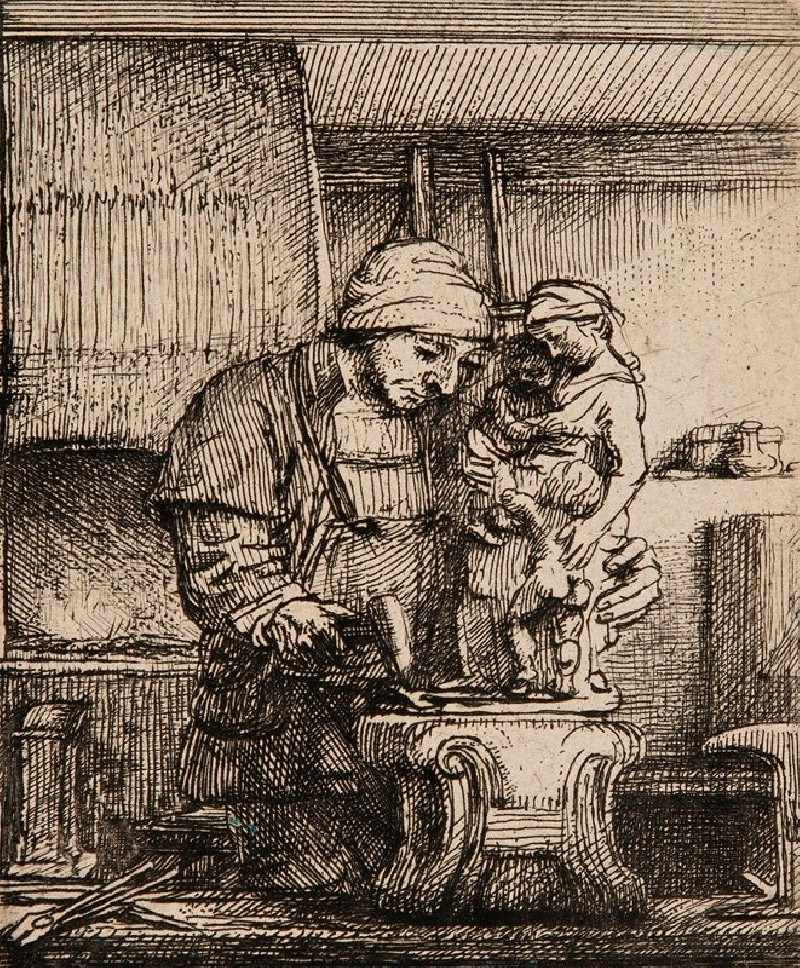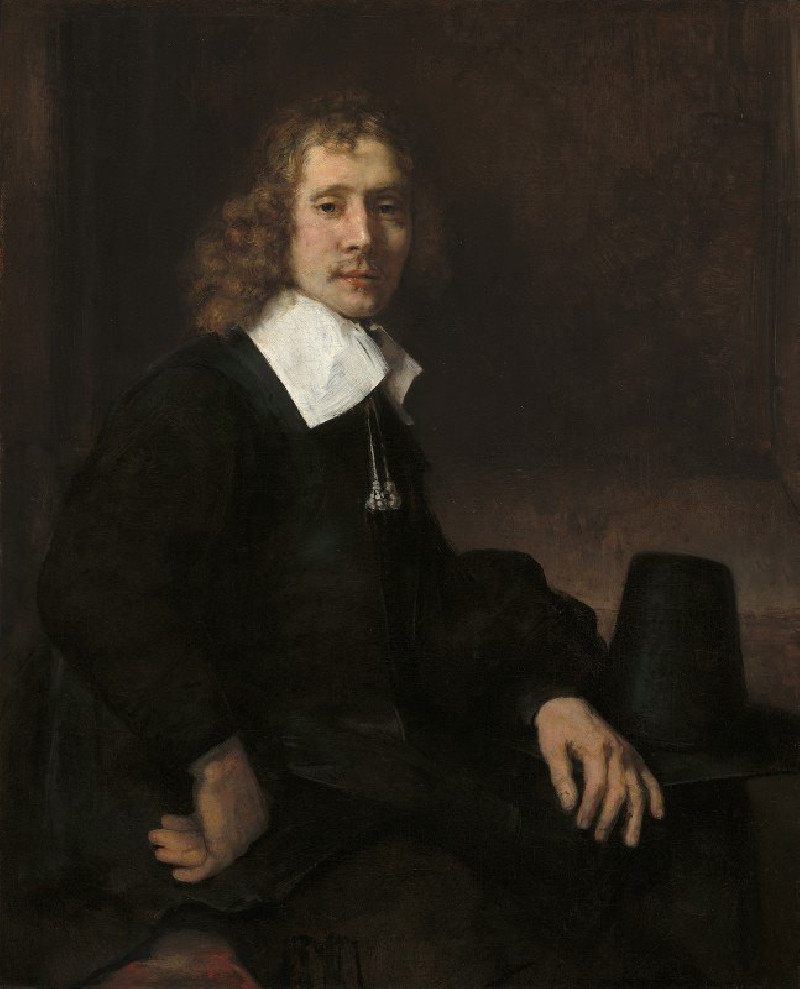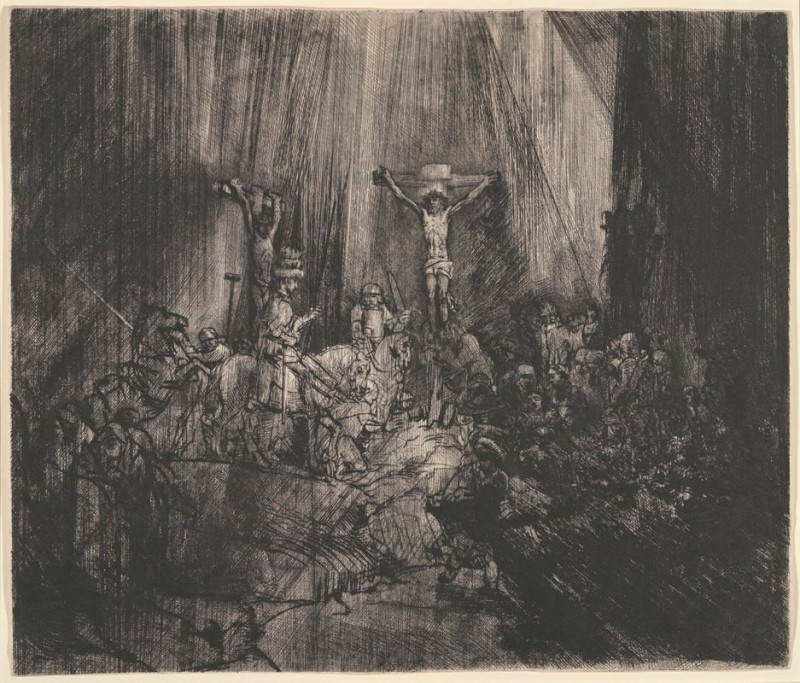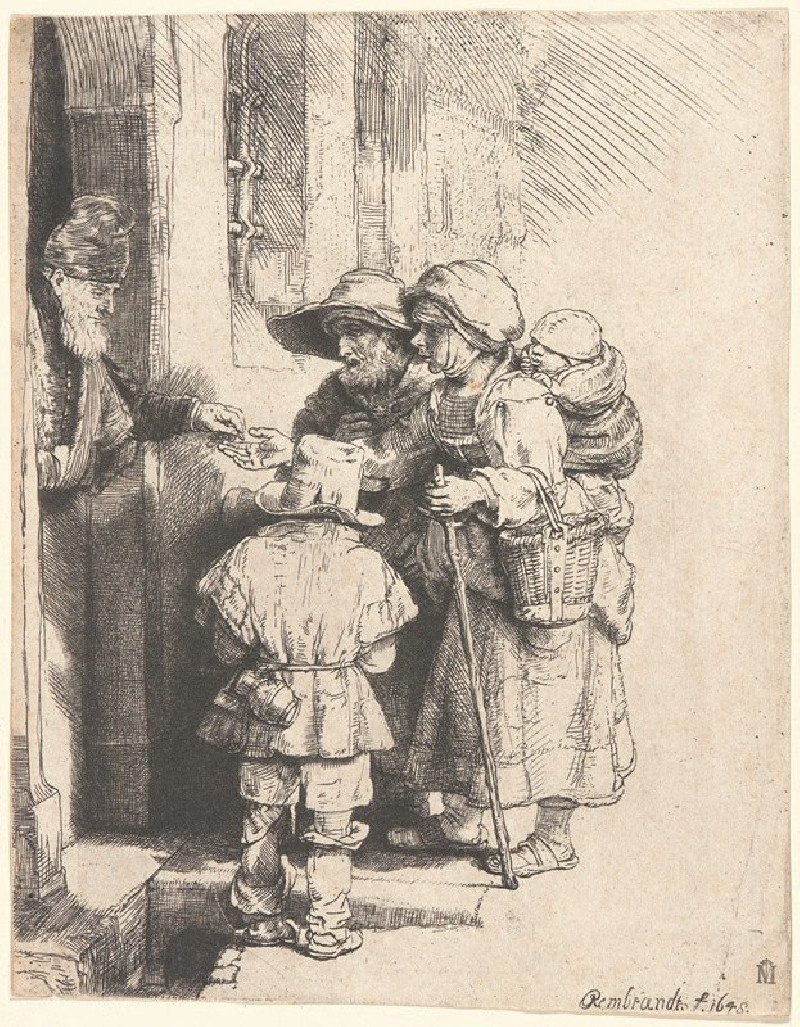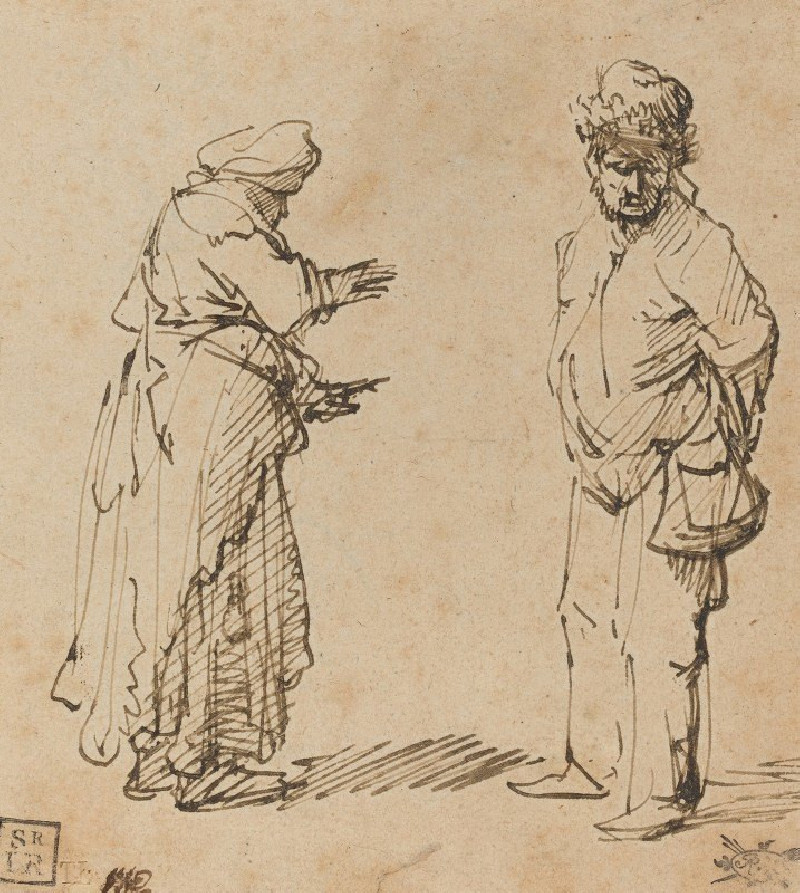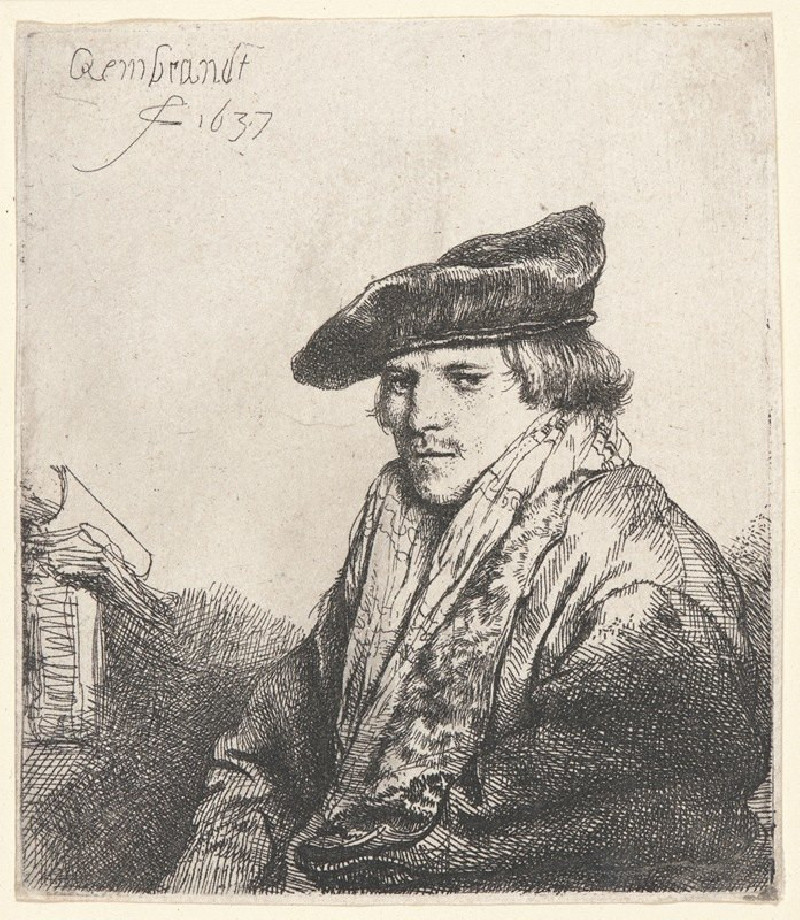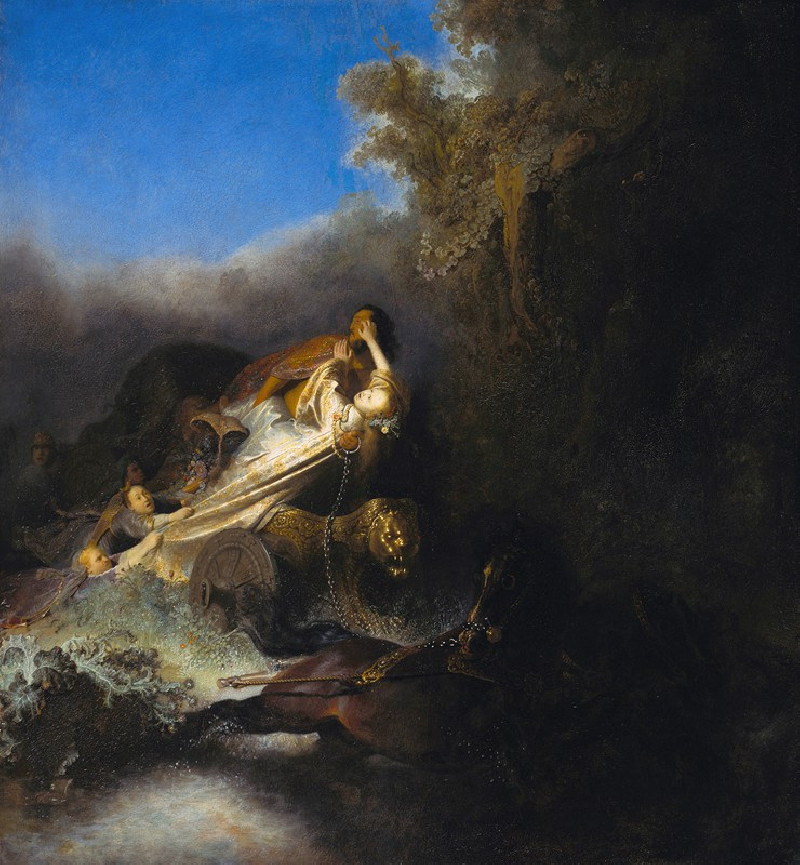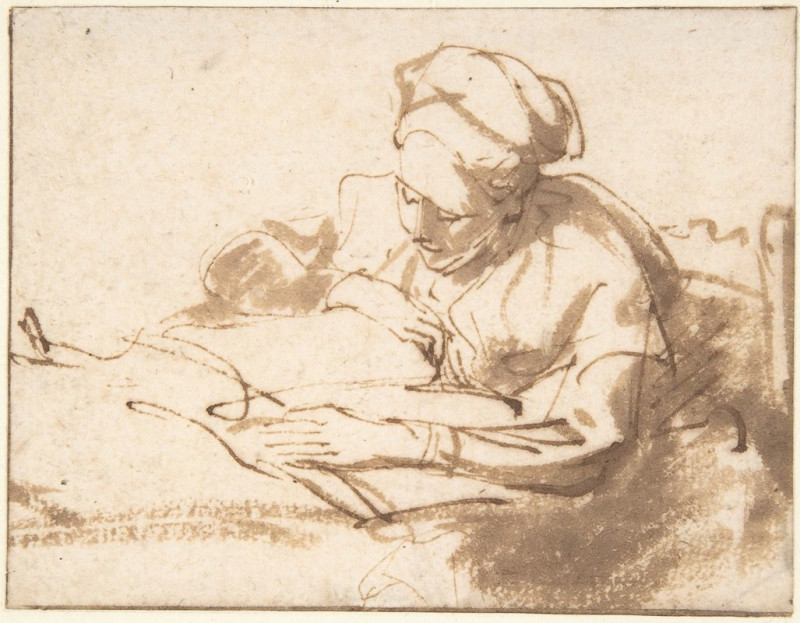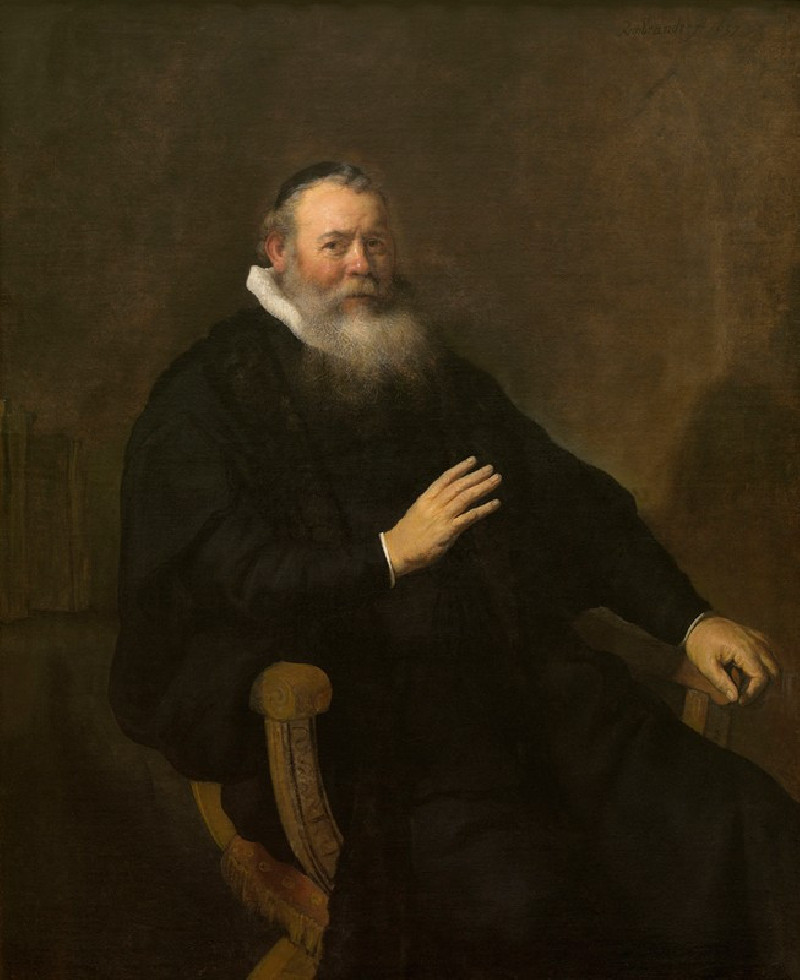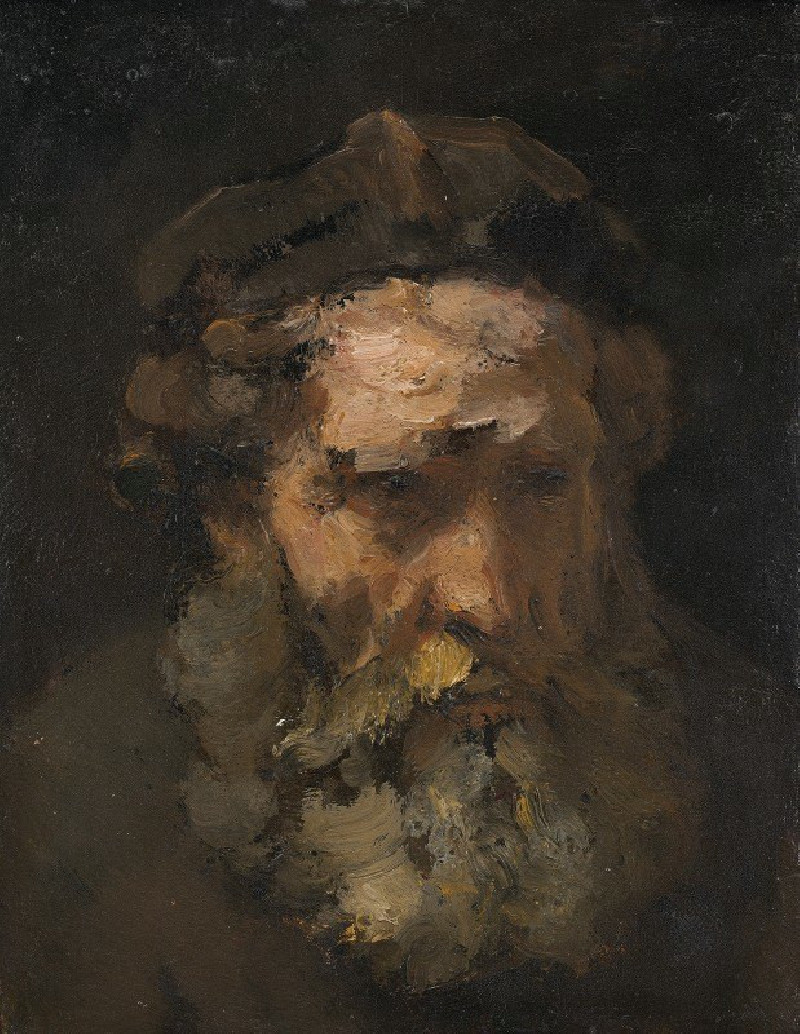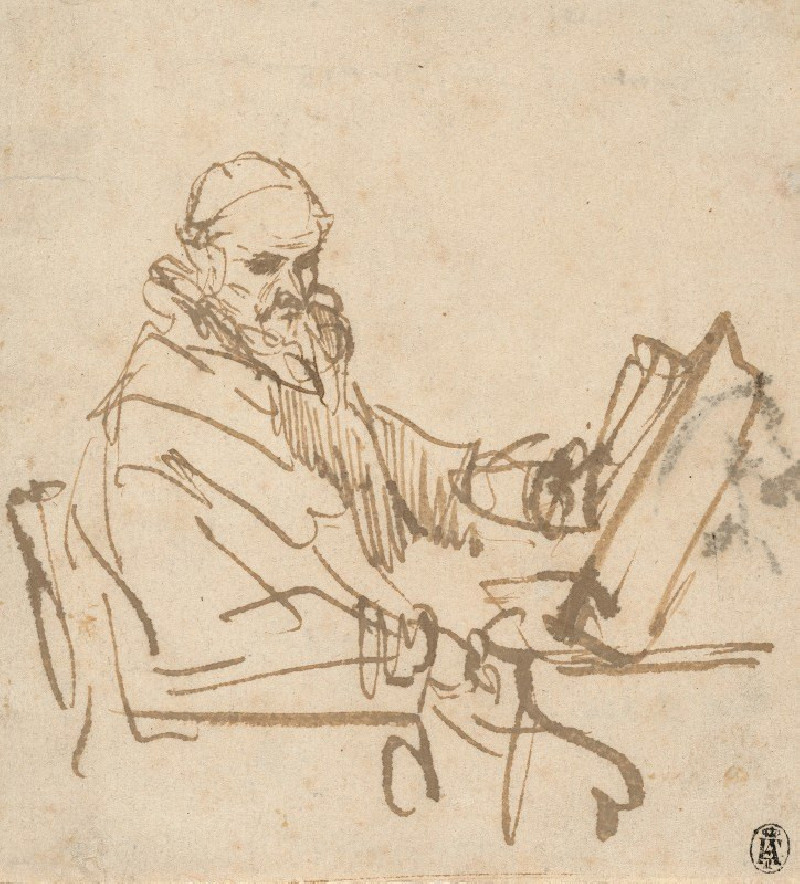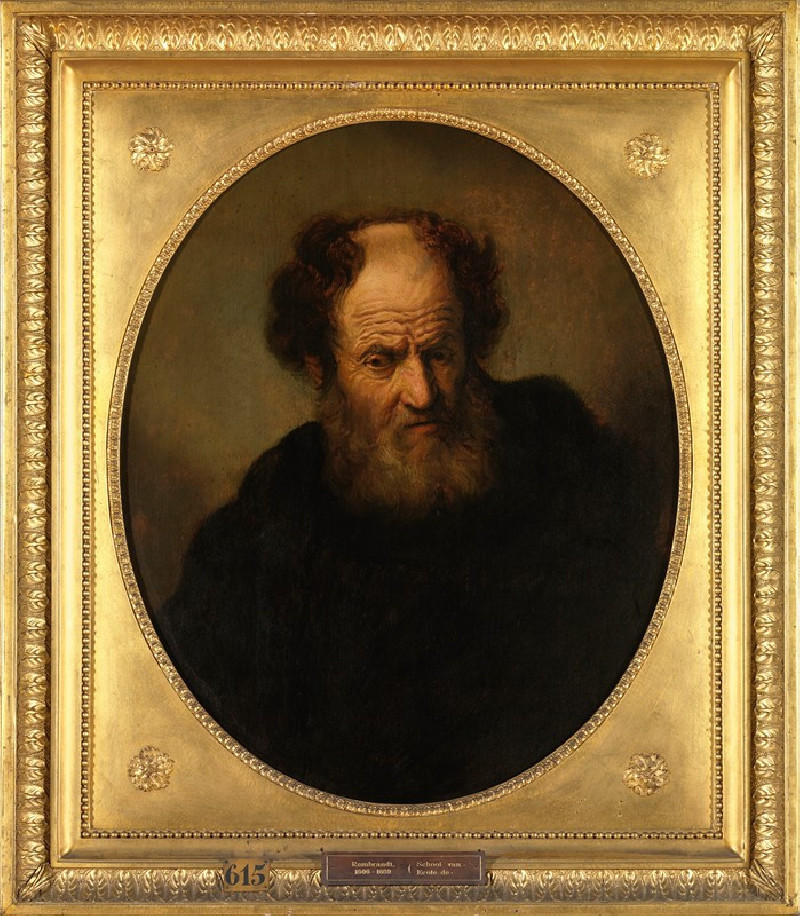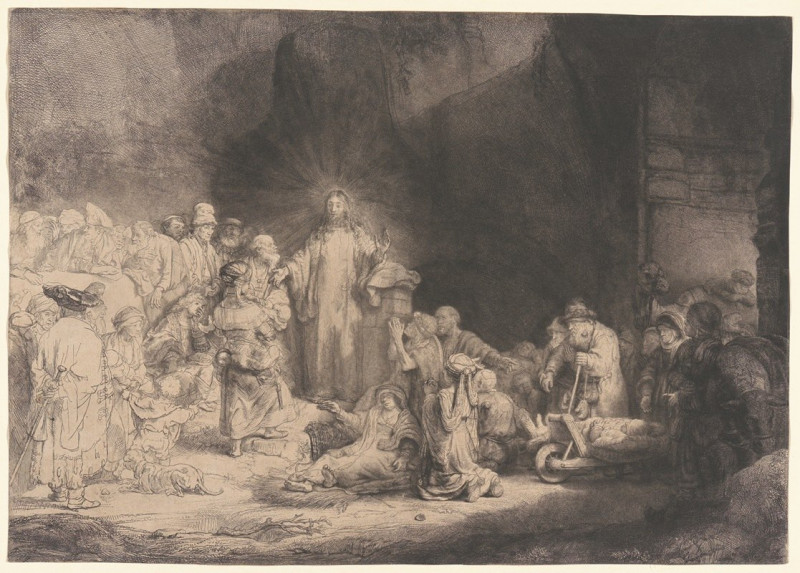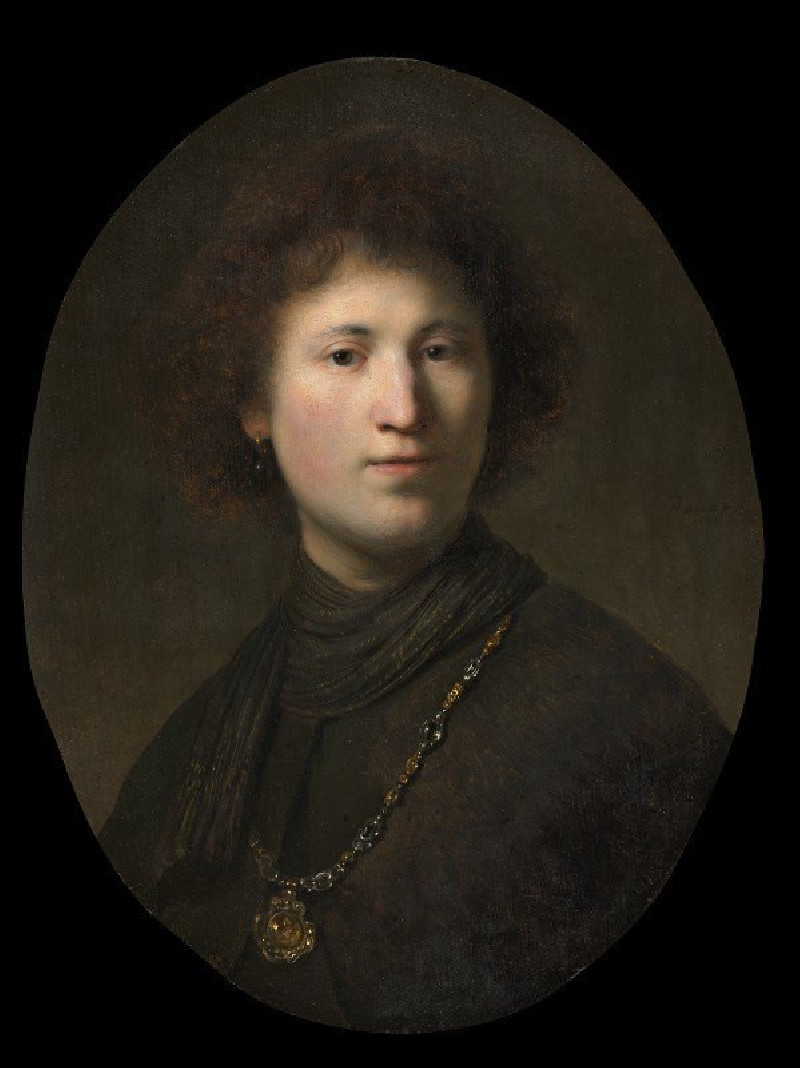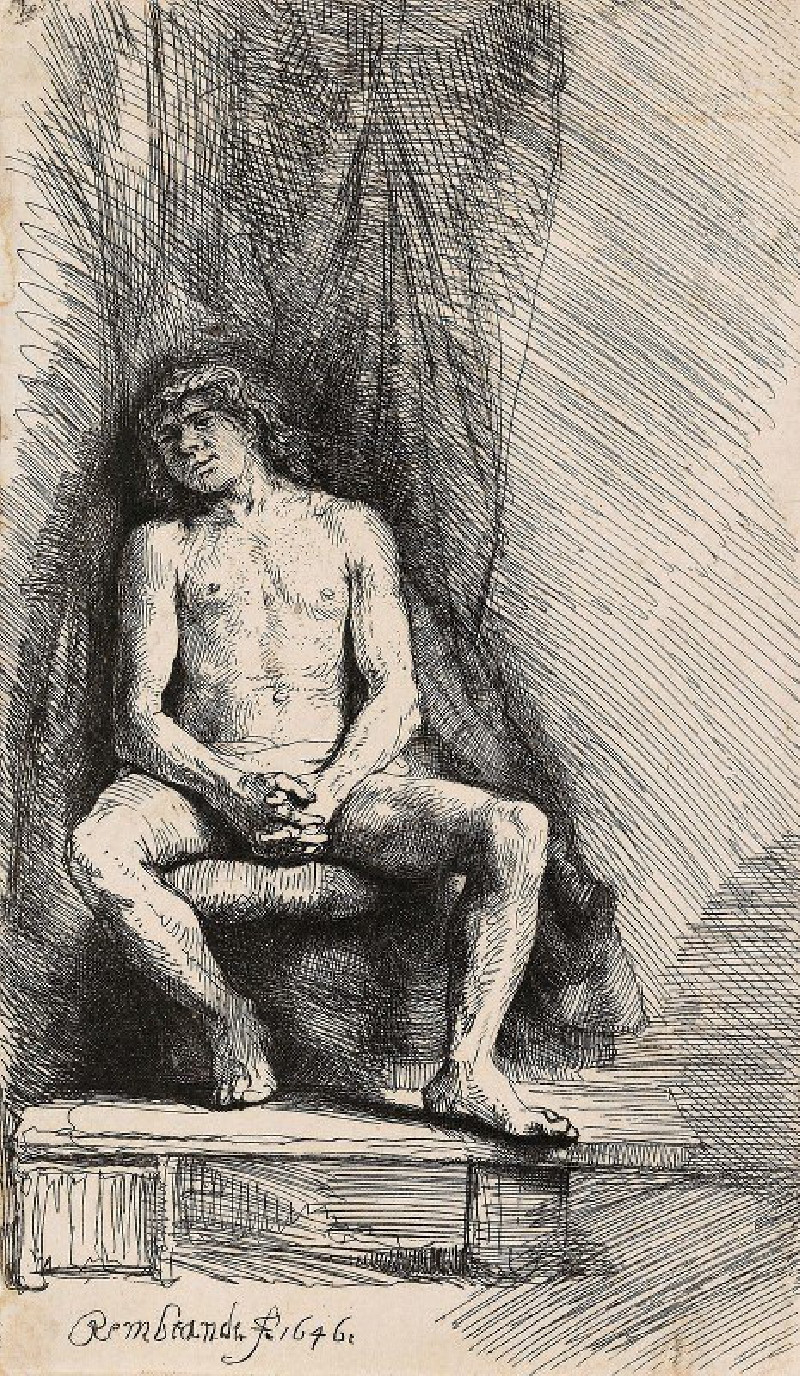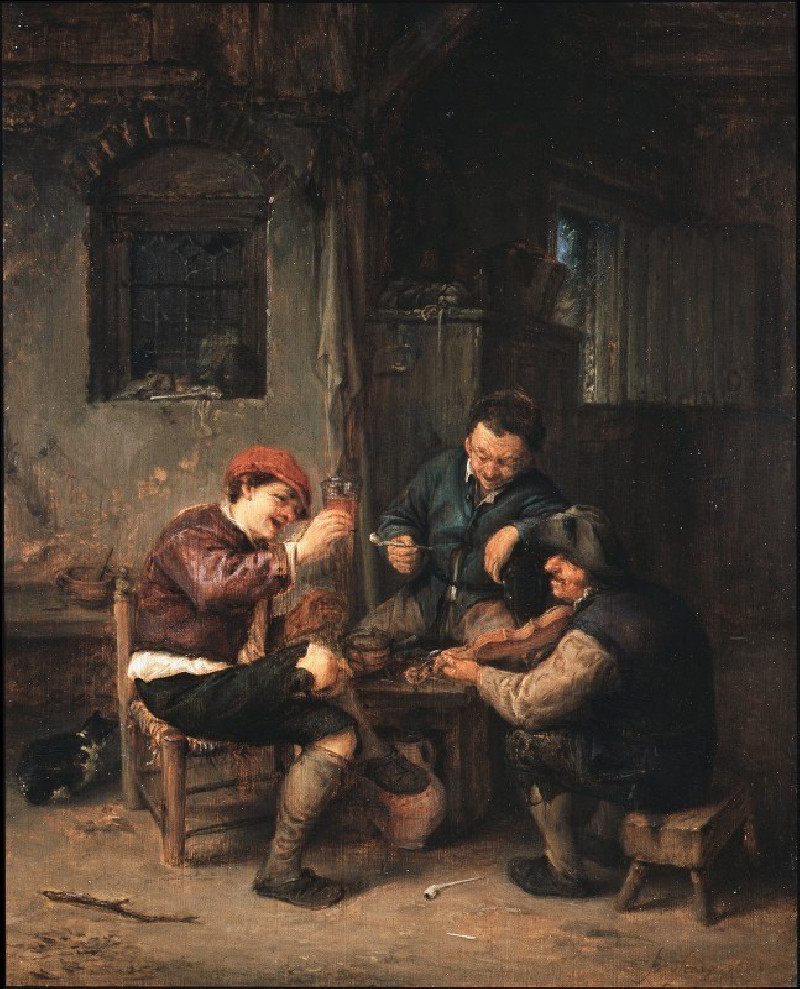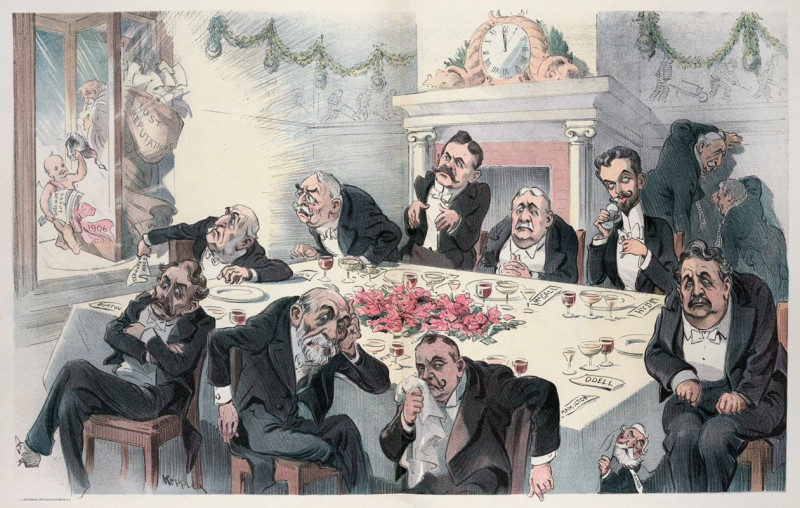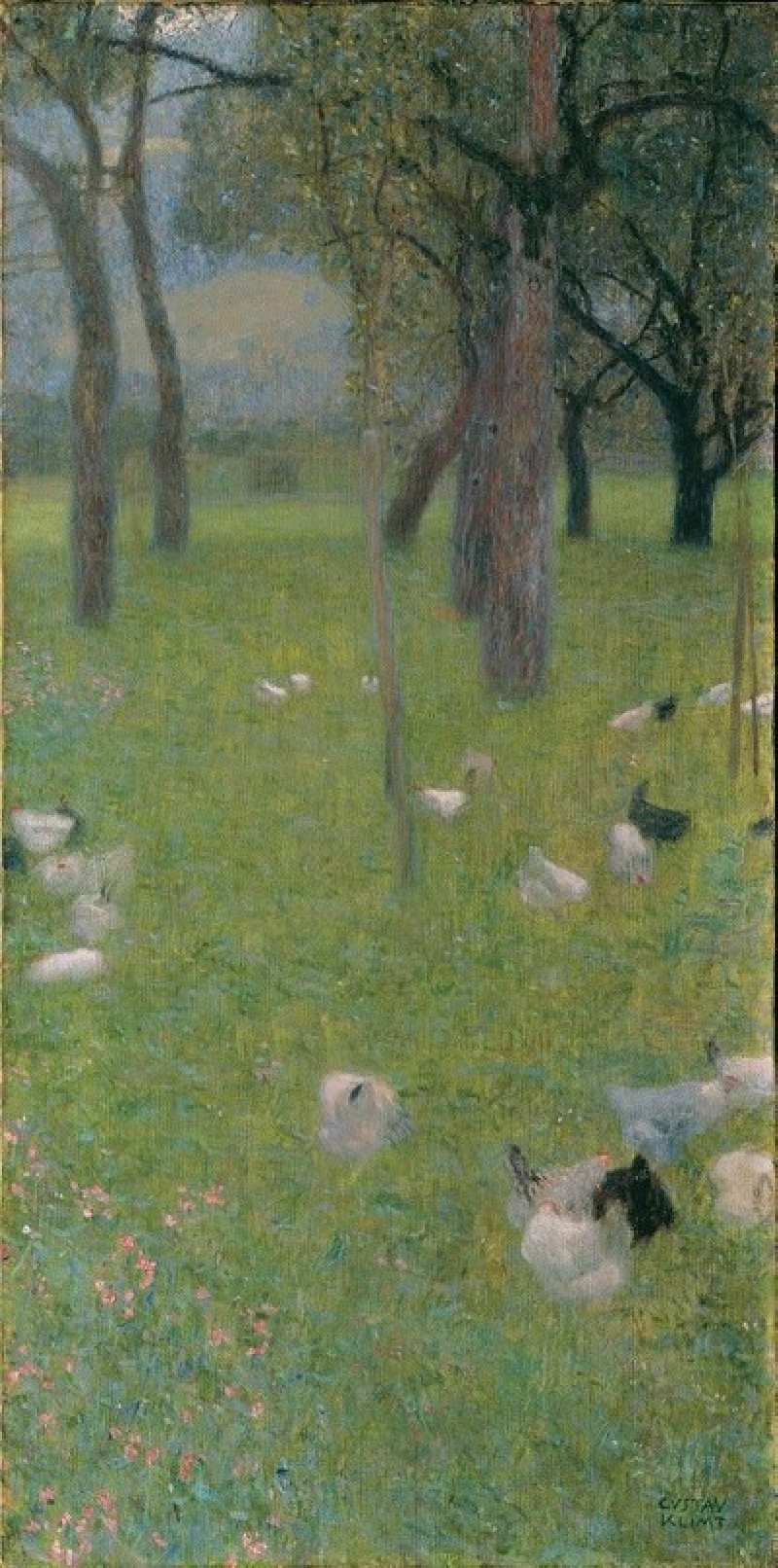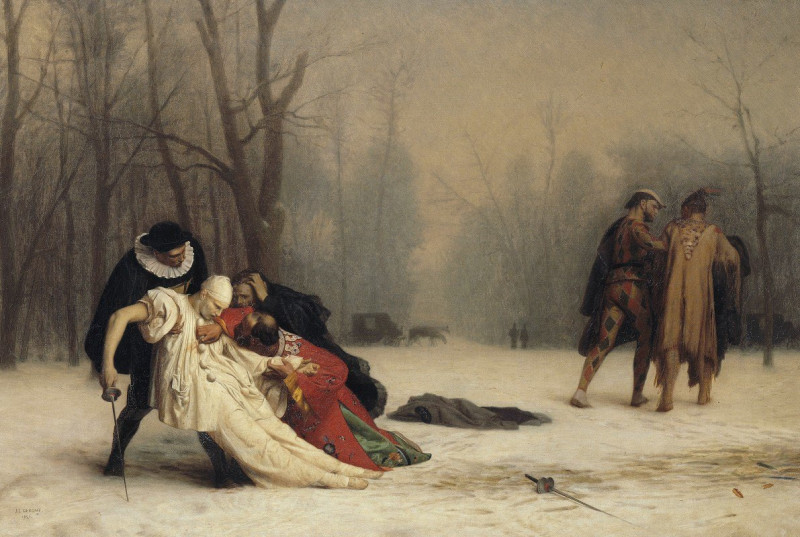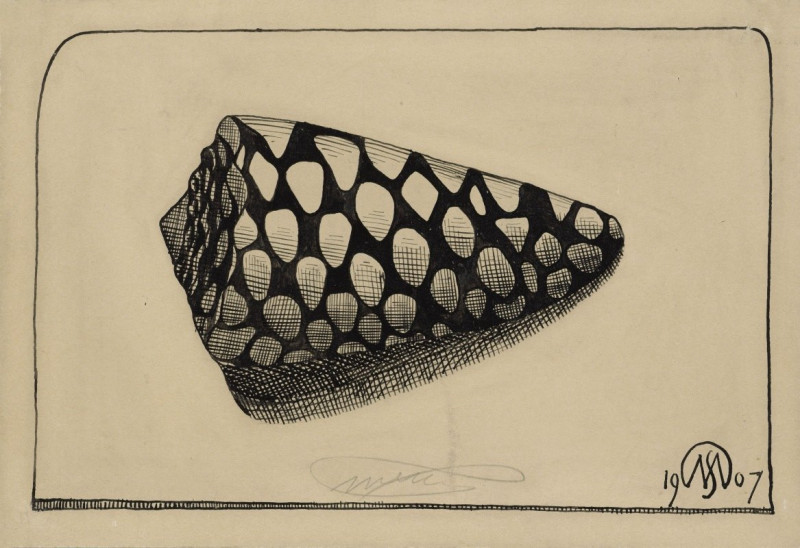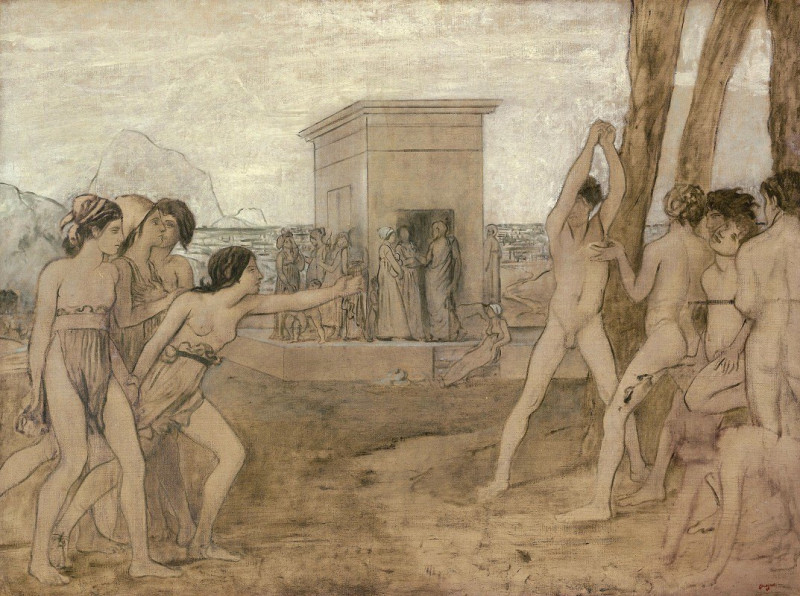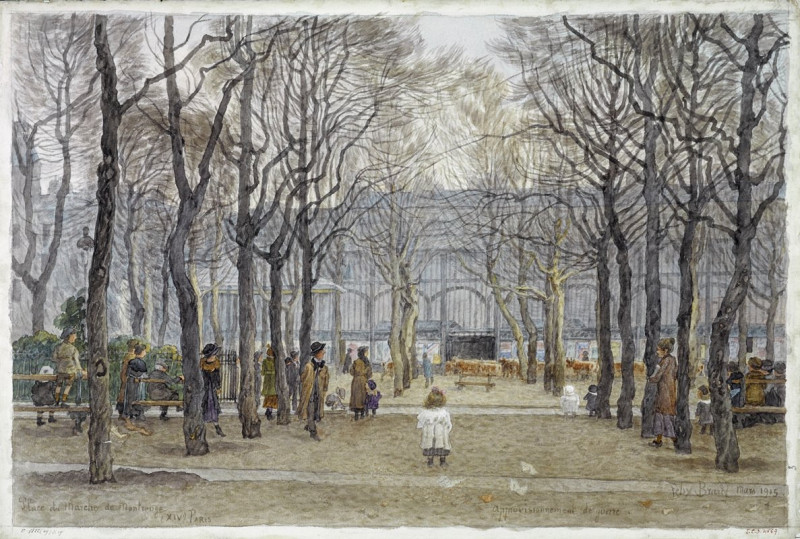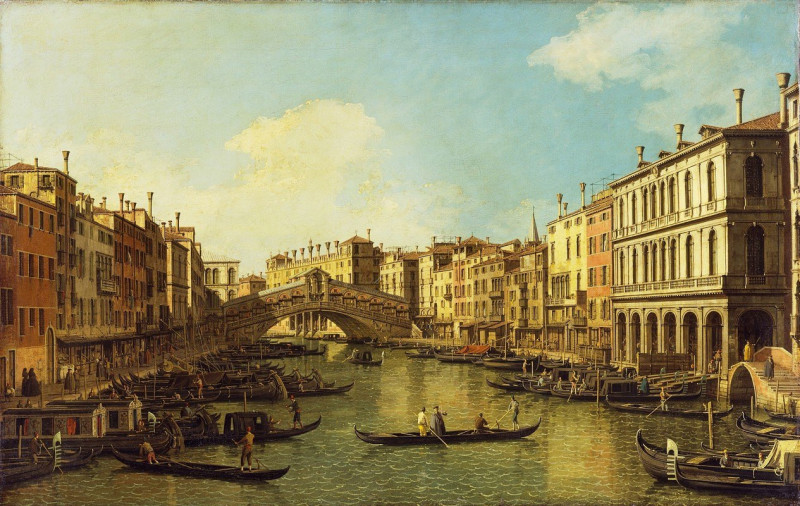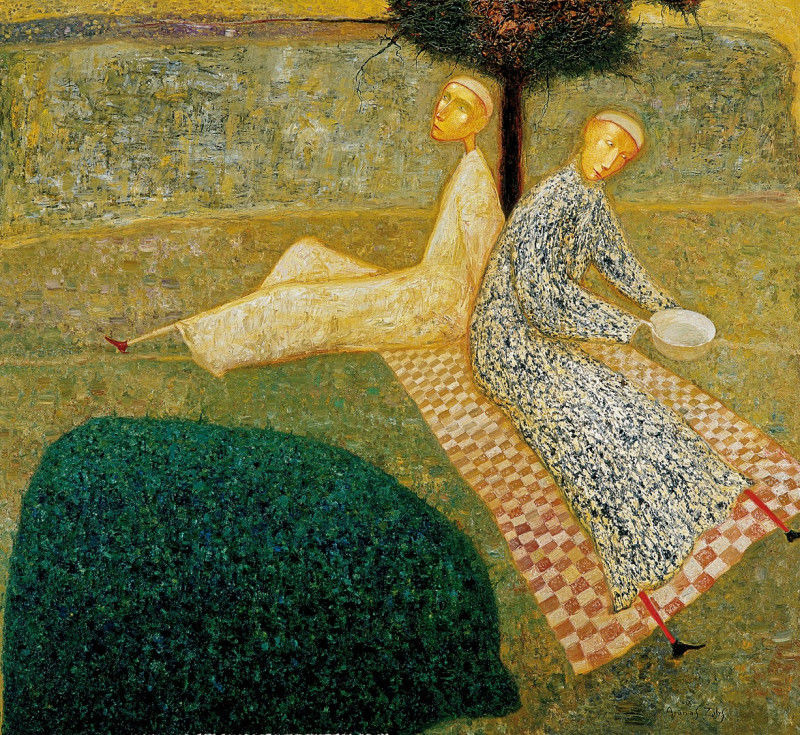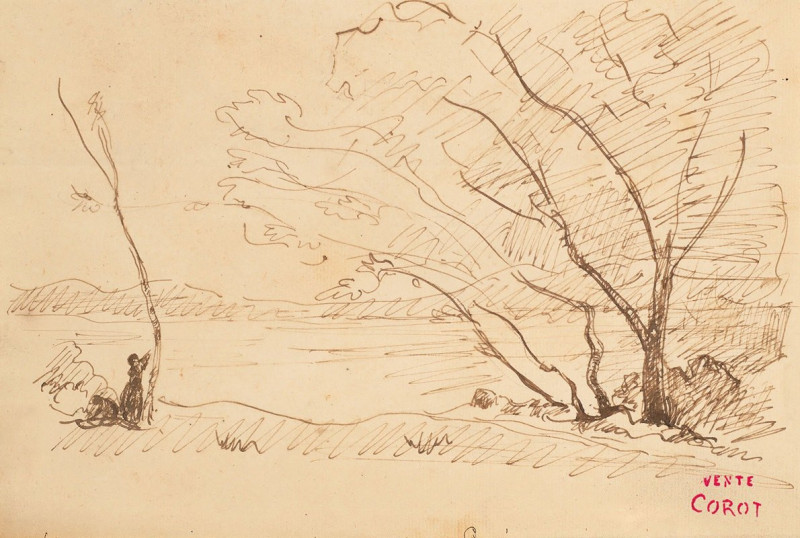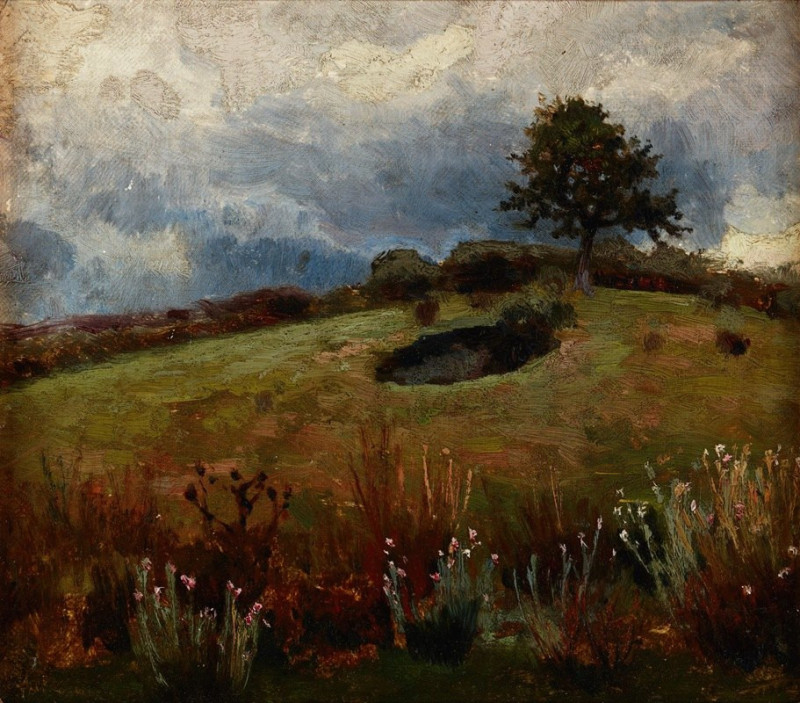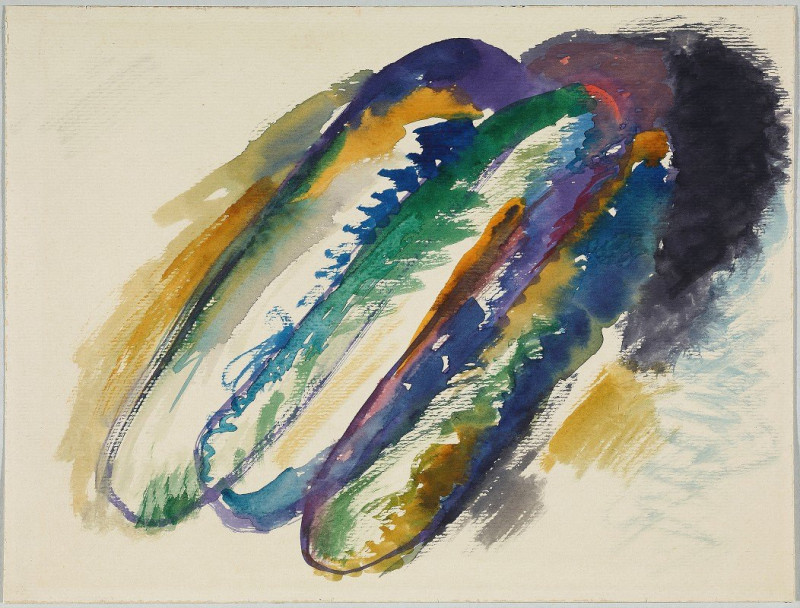The Jewish Bride (c. 1665 - c. 1669)
Technique: Giclée quality print
Recommended by our customers
More about this artwork
"The Jewish Bride," painted by Rembrandt van Rijn around 1665-1669, is a poignant representation of love, tenderness, and marital devotion. This masterpiece is celebrated for its psychological depth and the use of rich, glowing colors which underscore the emotional intimacy shared by the couple depicted.In the painting, a man gently places his hand over a woman’s as a tender gesture that signifies their close bond. The woman, adorned in a vibrant red dress embellished with gold, partially covers his hand with hers, depicting trust and affection. Her attire, complete with intricate jewelry and a finely detailed shawl, highlights her prominence and the celebratory nature of the scene. The man, similarly, is dressed in a lavish gold-brocaded cloak and a broad-brimmed hat, suggesting a status of wealth and respectability.The soft lighting emphasizes the facial expressions of the couple, capturing a moment filled with subtle emotions and serenity. Rembrandt’s masterful brushwork creates a texture that seems almost tangible, particularly in the rendering of their garments and the delicate jewelry.Often interpreted as an image of a Jewish father bestowing a necklace upon his daughter on her wedding day, this painting transcends specific cultural or religious narratives to touch on universal themes of love, protection, and connection."The Jewish Bride" remains one of Rembrandt’s most beloved works and a testament to his ability to capture the complexity of human emotions, making it a timeless piece that continues to resonate with audiences today.
Delivery
Returns
Rembrandt Harmenszoon van Rijn was a Dutch draughtsman, painter, and printmaker. An innovative and prolific master in three media, he is generally considered one of the greatest visual artists in the history of art and the most important in Dutch art history. Unlike most Dutch masters of the 17th century, Rembrandt's works depict a wide range of style and subject matter, from portraits and self-portraits to landscapes, genre scenes, allegorical and historical scenes, and biblical and mythological themes as well as animal studies.

